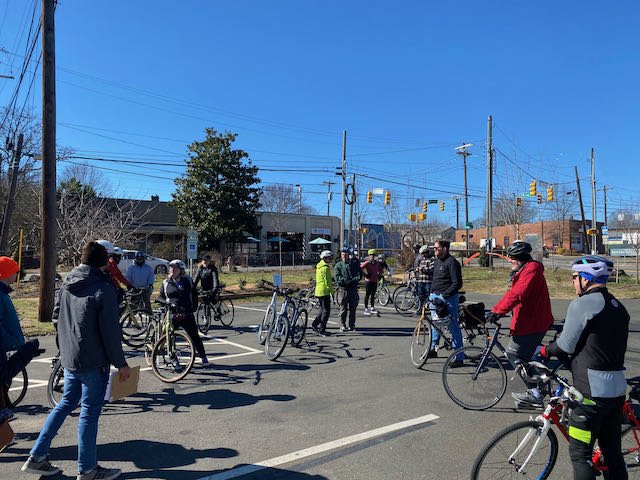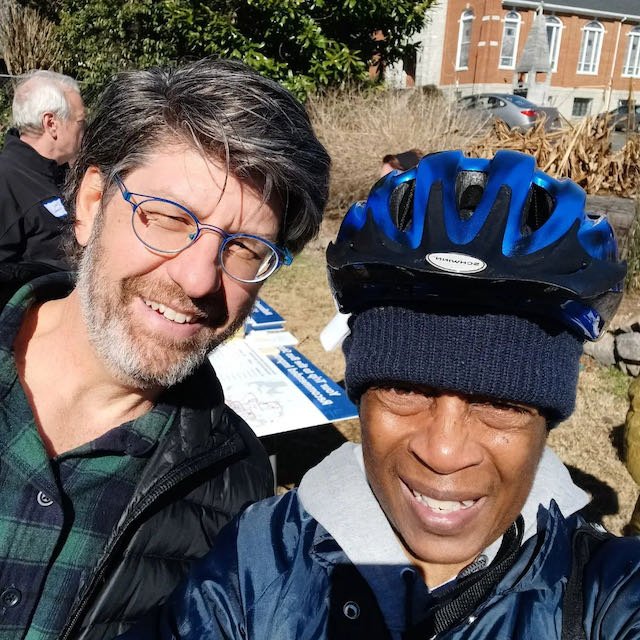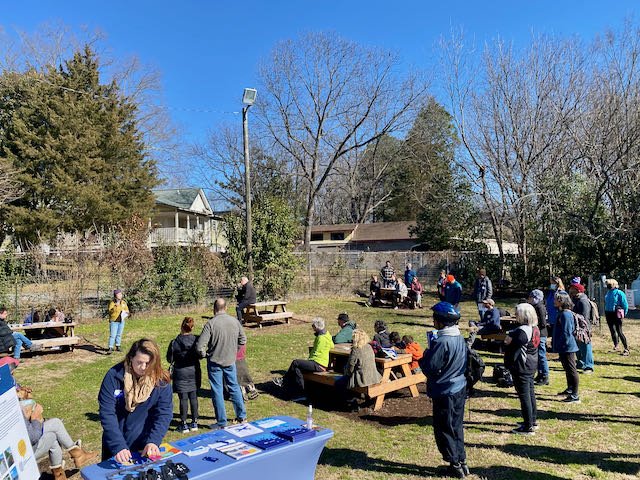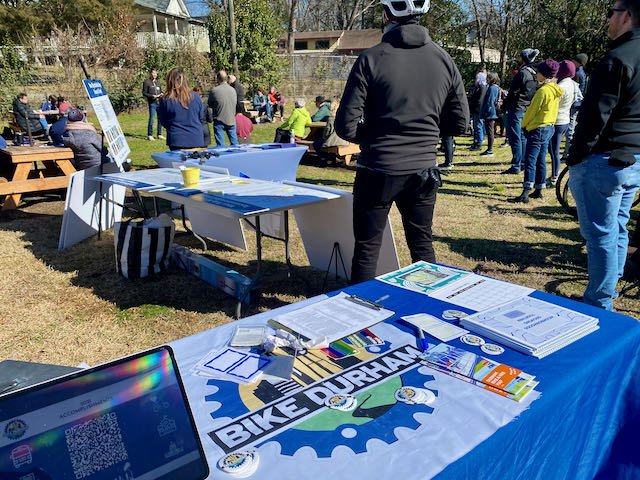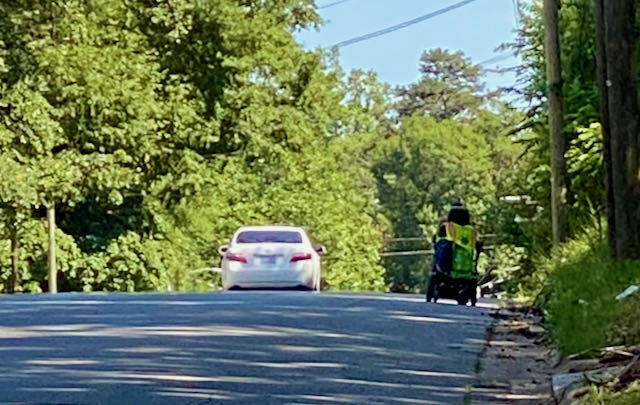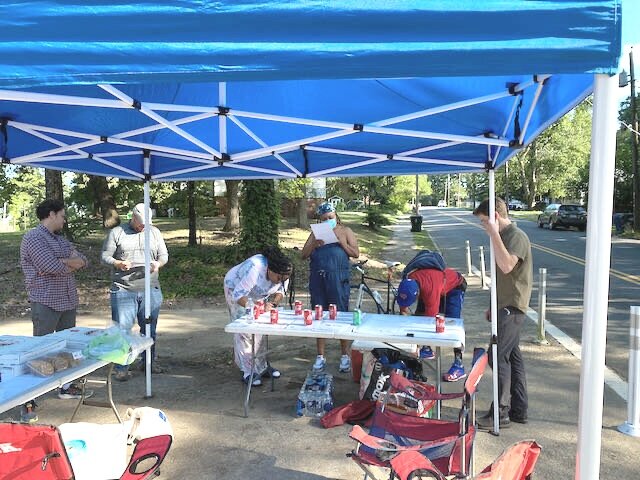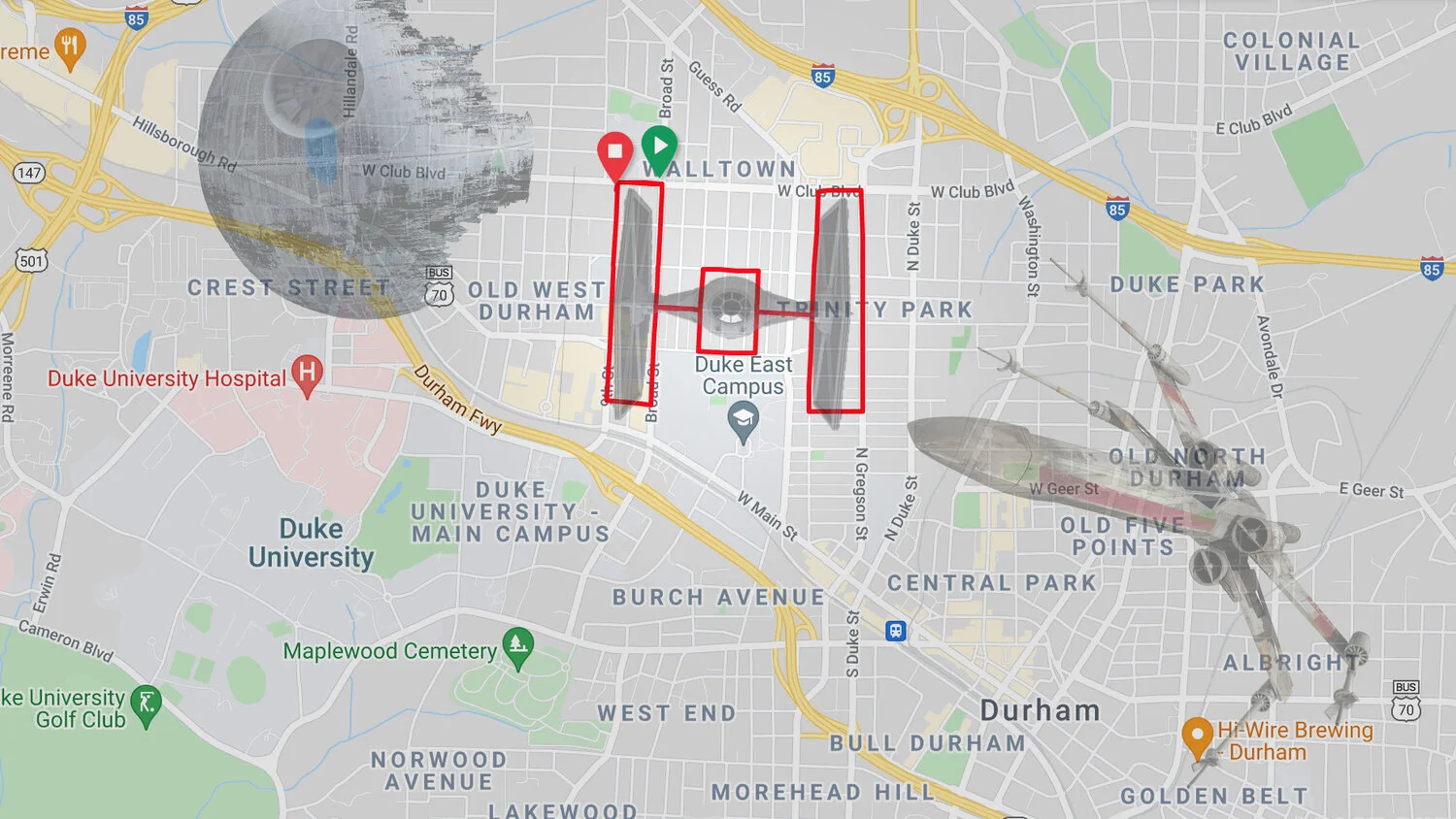In our comments, I closed with a call for the Board to direct the staff to develop another alternative that would address all three goals and reduce the drive alone mode share by 25% by 2050. In the discussion that followed, the Board members came to the conclusion that they could ask for an alternative that reflected their priorities, that would reveal many of the difficult changes that will have to be made to achieve our vision, and that would serve as an advocacy piece, making it clear what the benefits will be if those changes to projects, policy, laws, ordinances, and budgets are made. I am optimistic about the opportunity that the Board’s action creates, and am proud that Bike Durham played a role in making this happen.
Best quotes of the day
“If we move forward with a preferred option based on those before us, I’m not sure what we’re doing here.” - Damon Seils, Carrboro Council member/mayoral candidate
“It’s not just about adding more transit projects, it’s also subtracting car-oriented projects.” - Michael Parker, Chapel Hill councilmember/GoTriangle Board Chair
“This is part of a system that is not functioning in a way it needs to get where we want it to go.” - Jenn Weaver, Hillsborough Mayor
“This may be the best MPO meeting that I’ve ever been to. And these may be the best two public comments I’ve ever heard at an MPO meeting.” - Charlie Reece, Durham City Council member
Bike Durham comments delivered to the DCHC MPO Board on September 1, 2021 by John Tallmadge
“Thank you for the opportunity to comment. I’m John Tallmadge, Executive Director of Bike Durham.
After the Board adopted goals that included zero deaths and serious injuries, zero disparity of access, and zero carbon emissions, we were optimistic that the 2050 Plan would chart a new course toward a safe, affordable, and sustainable transportation system for everyone, regardless of who they are or where they live. That’s Bike Durham’s vision for the future.
We were hopeful that the bold vision that the MPO adopted would drive the development of bold alternatives that would illustrate the likely difficult choices needed to achieve these goals. We grew concerned when the deficiency analysis largely addressed the issues of driver delay, driver commute time, and highway capacity - the same variables that are typically used - and measures of safety, carbon emissions, and disparity of access. Vehicle miles traveled (VMT) was presented, but not in the context of carbon emissions.
We were disappointed to see the alternative scenarios presented for comment. The staff has not attempted to develop a scenario that could achieve the goals. The All Together alternative is the best of the bunch, but it does not rise to the occasion required.
We understand why this is the case, but we do not accept it. When urging you to adopt bold goals, we said that it takes a long time to turn a big ship onto a different course, and that’s why it’s important to turn the wheel hard now. It appears that in attempting to turn the wheel hard through bold goals, other problems have been revealed.
First, the navigation tools that the staff uses don’t provide any visibility into impacts on safety, carbon emissions, or racial disparity of access. All we can see are delay, travel time, capacity, and mode share. What we don’t measure, we don’t manage. The answer is not to rely on changes to the travel demand model. The staff needs to develop new analytical approaches.
Second, the steering mechanisms are stuck. The alternatives accept the next 10 years as fixed, and the staff has found the model to be largely unresponsive to changes in the projects. The projects selected are all through technical staff, there is very little community engagement in the development of projects.
Third, the engine of transportation funding keeps chugging away, driving us in the same disastrous direction. When we limit our alternatives to what we can fund with existing laws and rules, then we cannot even see what it would take to achieve our goals. The final recommended plan needs to be fiscally constrained, that’s required. But if alternatives were developed that achieved our goals, or even approached them, then we could all see what changes are going to be needed from the local, state, and federal levels.
The All Together alternative is the best of the bunch, but we’d like to point out a few ways in which it falls short.
1) There is no indication that the alternative is increasing funding to make our streets safer.
2) There is no indication that there is an increased investment in transportation demand management. We have just seen that the capacity for telework is much greater than we ever imagined.
3) There is no indication of investments in the infrastructure or incentives for electrification of our transportation system.
4) There is no indication of whether neighborhoods that are currently the heaviest users of public transportation will be closing the gap with neighborhoods that don’t use public transportation in terms of access to jobs or other destinations within 45 minutes.
5) While the alternative includes the conversion of a portion of the Durham Freeway to a boulevard, which may be a good idea if we could make sure that the benefits accrue to the Black residents whose community was destroyed in the first place, but at the same time we assume that we’ll push ahead with converting US70 and US15-501 into freeways.
It’s time for the DCHC MPO Board to direct the staff to develop a bold scenario that gets us on the path to our goals. You need to find levers that will result in the creation of new navigation tools, that will unstick the steering wheel, and cut the engines to create time to fix those other problems. We ask that you start by directing the staff to develop another alternative that would address all three goals and reduce the drive alone mode share by 25% by 2050. Thank you.”





